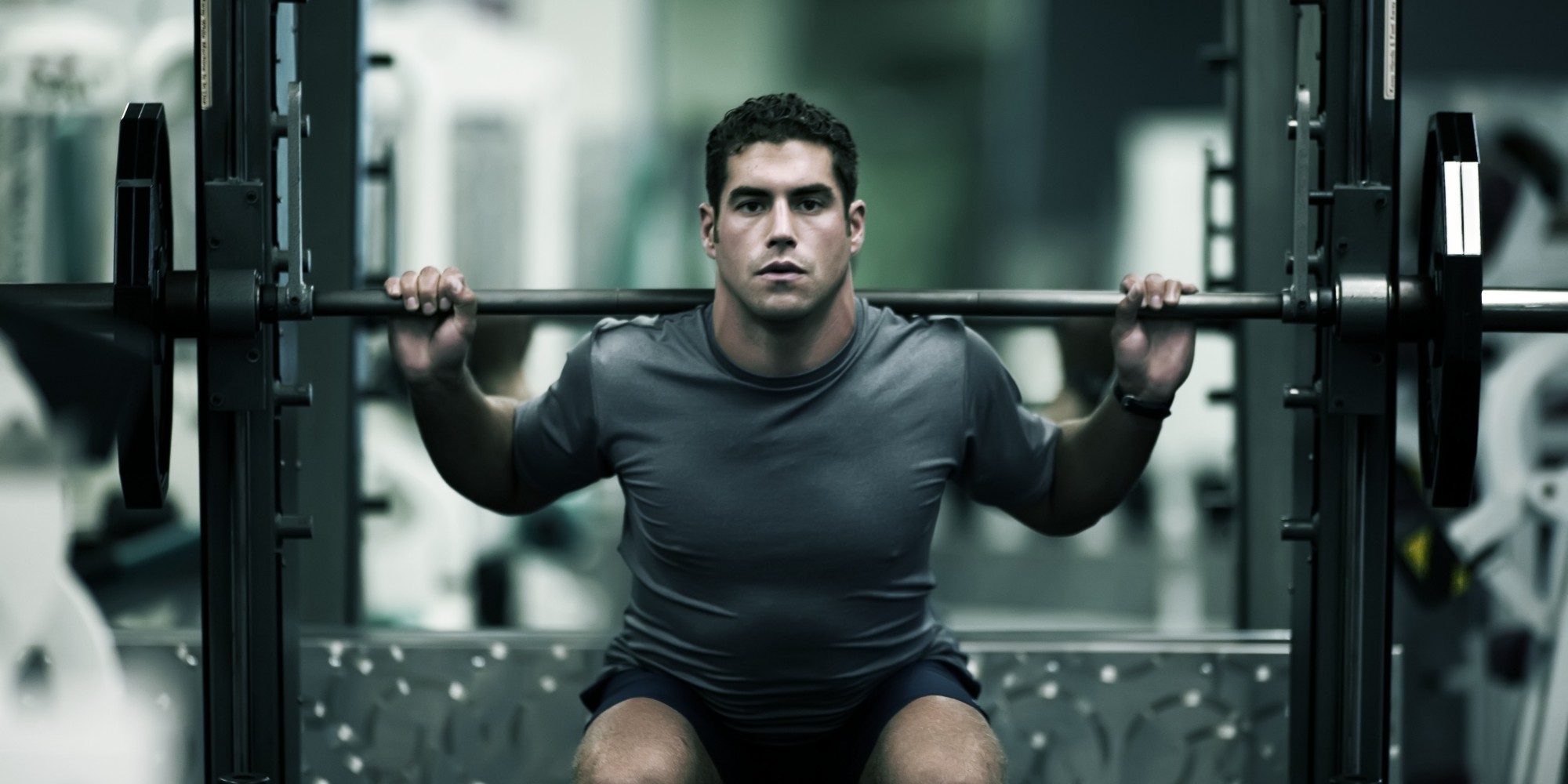It's well established that the basic formula for healthier living and improved physical strength is achieved through a combination of sensible eating and regular exercise, where some lifting of weights is an integral component. This goes for middle-aged adults as well as those a decade or two younger.
That said, weightlifting, to keep muscles vibrant and strong, should not be overdone. And for beginners or those who haven't done it in a while, lifting should be approached in a manner that doesn't overwhelm the exerciser. Starting slowly, and with lighter weights, and then building progressively is essential in order to avoid a threatening, but often-overlooked, condition known as rhabdomyolysis.
Rhabdomyolysis, or rhabdo for short, occurs when muscle damage is done after trying to lift too much weight, or lifting with such frequent repetition that it prevents the taxed muscles from resting. When this happens muscle fibers break down and die. These fibers then enter the bloodstream and can create kidney problems, and in some cases, kidney failure. Some severe cases may require kidney dialysis.
All too often, those who become ultra-motivated to get fit after a prolonged absence from exercise can fall victim to rhabdo, as can an exerciser who is already fit but is using a different set of muscles that have been overlooked for some time. And this condition isn't limited to free weights; jumping on a stationary bike and riding intensely without proper warm-ups over time can be highly detrimental. Even for a physically-toned individual. And rhabdo can produce excruciating pain, enough to land you in the hospital.
In addition, it can strike both the fit and flabby among us.
Earlier this month, two University of Nebraska football players overdid a weight-lifting workout, each going for more than a half-hour, and ended up hospitalized with rhabdo. The same result for a "middle-aged, out-of-shape man who jumped into two days of intense cardio workouts, then mowed his lawn and his neighbor’s on a hot summer day," according to The World-Herald, in Ohama.
 Ordinarily, during an effective workout, a small amount of muscle damage, called micro tears, occurs. And with rest in between an activity, the body repairs those tears in the process as muscles become stronger and bigger. But extreme muscle strain – even during seemingly harmless activity – can have the opposite effect.
Ordinarily, during an effective workout, a small amount of muscle damage, called micro tears, occurs. And with rest in between an activity, the body repairs those tears in the process as muscles become stronger and bigger. But extreme muscle strain – even during seemingly harmless activity – can have the opposite effect.
How do you know whether you're in danger of being afflicted by rhabdo? There are symptoms to watch for, but since they aren't specific to this condition it's hard to tell whether a specific weight-training workout, or an intense stationary bike-riding session, is the culprit.
In addition to obvious muscle weakness, other symptoms include: nausea; fever; feeling of sickness; bruising; lack of urine output and/or dark-colored urine; fatigue and vomiting.
With all of these common issues, each of which don't specifically signal rhabdo, the best prevention is exercising common sense. Don't overexert. Hydrate by drinking water during your workout. And as soon as you begin feeling prolonged muscle fatigue or more than 30 seconds or so, stop what you're doing. And rest.




